

$100 & A T-Shirt from Cantankerous Titles on Vimeo.
Fan Zines History
By Stuart Nicolson
BBC Scotland news website
They were invented by fans of trashy science fiction novels in the 1930s before their hand-written Xeroxed pages chronicled the birth of punk.
But as the internet threatens to condemn them to history's shredder, traditional music fanzines - amateur magazines written, edited and produced by fans - have found an unlikely saviour.
The National Library of Scotland is to embark on the laborious task of tracking down and cataloguing the countless thousands of fanzines published in the UK over the past 70 years.
The library has enlisted the help of Chris Atton, a professor of media and culture at Napier University who has written both for and about fanzines for almost 30 years.
For Prof Atton, fanzines have become a vital part of the nation's folk history, providing unique, first-hand accounts of major cultural and social change from those who were on the ground and in the concert venues as it was taking place.
He said: "When people write the history of rock music, they inevitably turn to interviews with the musicians and taste makers of the day.
Copies of classic punk fanzines like Sniffin' Glue can sell for four-figures
"What fanzines do is give us a way of accessing an audience from 30 or 50 years ago who were writing about music purely because of their love of that music.
"They show how fans of all kinds of popular culture can become experts with as much insight as professional journalists.
"Otherwise the history of music will be written by the same select group of people - it is the equivalent of the old history books that were full of stuff about kings and queens rather than looking at what the ordinary people were doing."
The first fledgling fanzines appeared in the 1930s, when they were published by science fiction aficionados whose literary tastes were largely ignored by the mainstream media and critics of the day.
Prof Atton said similar publications appeared during the early years of jazz and blues, while in 1966, Crawdaddy! - named after the club where the Rolling Stones played their first gig - became the first US publication, either fan or professionally produced, to write exclusively about rock music.
But it wasn't until the late 1970s that technological advances saw the cost of photocopying plummet - allowing the dream of mass-producing amateur magazines to become an affordable reality for many more people, and the so-called Golden Age of fanzines was born.
This was, of course, to coincide with the subversive DIY aesthetic of the punk explosion of 1976 and 1977, and before long it seemed that every self-respecting spiky haired, safety-pinned youth was the proud publisher of his own fanzine.
The more ambitious front pages featured a flexi disc - a thin sheet of seven inch vinyl - featuring music from new bands, while inside the mix of reviews, interviews and commentary fuelled the exploding scene.
Digital age
The quality varied widely, with some featuring glossy covers and professional-quality writing and criticism, while others were completely written by hand - often by different people - and then crudely printed on rough A4 or A5 paper.
The established British music press were not slow in leaping on the bandwagon, with the NME, Melody Maker and Sounds poaching influential writers like Paul Morley, Simon Reynolds and Jon Savage, who had all cut their critical teeth on fanzines in the late 70s or early 80s.
Fanzine culture was also widely adopted on the terraces of football grounds across the country, with publications like Not the View and Follow Follow appearing outside the home stadiums of Celtic and Rangers respectively.
The production quality of fanzines varies widely
The Golden Age was to last until the mid-1990s, when fanzine editors gradually started logging on to the digital age and instead published their musings in the cheaper, less-time consuming and apparently more interactive formats offered by the internet.
Prof Atton said: "When the web first started to have an impact on amateur publishing in the mid-90s, very few people actually wanted to do it.
"Some tried it and moved back again, while a few stuck with it and it completely changed what they were doing.
"But I would actually argue that the level of interaction the reader has with a print publication is more serious than people have with a blog or internet site.
"It takes so much more thought and effort to actually write an article and contribute it to a fanzine or to write a letter to an editor than it does to type a four-line response to a blog post - the level of debate online is often the equivalent of a bar room discussion that focuses on the minutia.
"A lot of people are still turned off by moving to the web, where fanzines lose many of the characteristics that made them so appealing."
The sale of fanzines, which often cost a few pence and had tiny print runs when they originally appeared, is now more likely to be done on auction sites like eBay than it is outside gigs or in local record shops, with nostalgic collectors willing to pay four-figures sums for copies of pioneering titles like punk fanzine Sniffin' Glue.
The National Library sees fanzines as part of the cultural heritage of this country but 30 years ago if you had handed them a copy of Sniffin' Glue it would have gone straight in the bin
Professor Chris Atton
And Prof Atton said that the web, with its blogs, tweets and social networks, is now the undisputed king of amateur music commentary.
But small bands of hardcore fans continue to lovingly write, edit and print in their bedrooms - even if sophisticated desktop publishing software has often replaced the cut and paste days of Pritt Sticks, scissors and electric typewriters and the once-omnipresent flexi discs have been ditched in favour of shiny CD-Rs.
Some current music fanzines continue to emerge from nascent musical scenes and genres, like the grime and dubstep-focused Woofah.
Others, like the long-running Bucketfull of Brains, largely concentrate on traditional but currently "unfashionable" rock genres that are unlikely to be widely covered elsewhere.
For many devotees, fanzines have the same appeal over internet blogs as vinyl records do over MP3s - they prefer something they can actually hold.
But Prof Atton, who will be giving a public lecture on the history of fanzines on 9 March, admitted he now largely views fanzines as historical artefacts rather than as the cutting-edge cultural phenomenon they once were.
He added: "The National Library sees fanzines as part of the cultural heritage of this country but 30 years ago if you had handed them a copy of Sniffin' Glue it would have gone straight in the bin, and that comes from the massive change in how popular culture is covered."







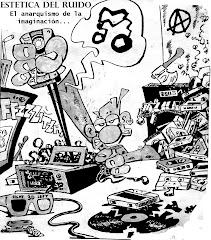





































































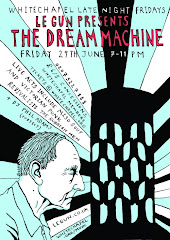
















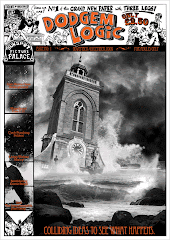




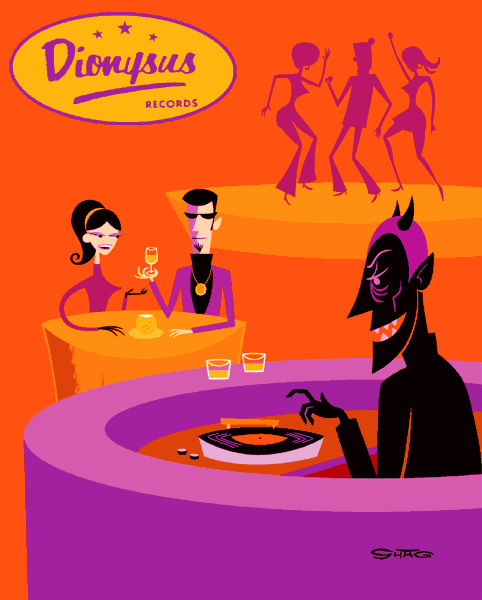
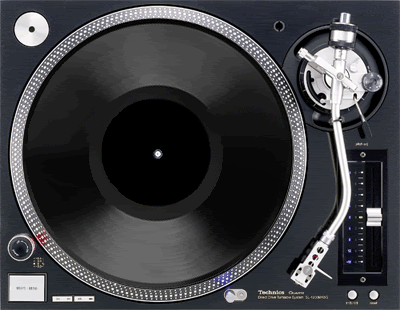





















No comments:
Post a Comment